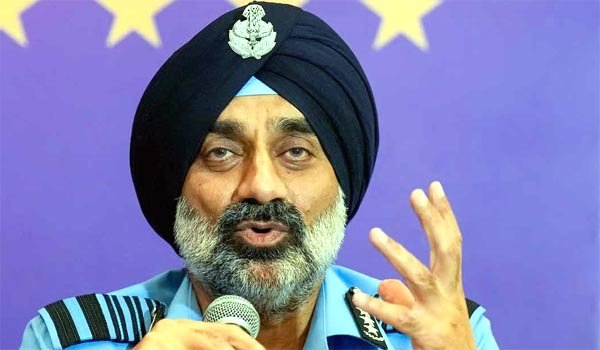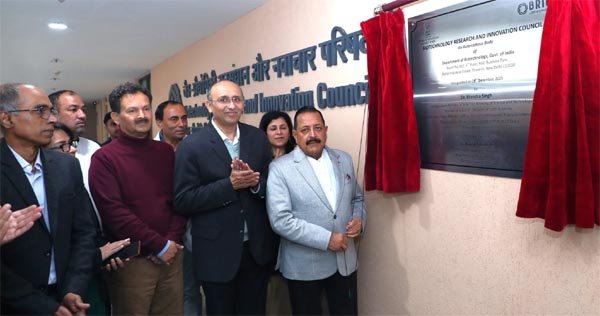Bengaluru, Aug 9 (UNI) Operation Sindoor was designed to send a clear message that the Indian Air Force can strike deep inside enemy territory at any time, Chief of the Air Staff, Air Chief Marshal AP Singh, said today.
The Air Chief said the mission’s objective was not limited to destroying a single target but aimed to stretch enemy resources and create the impression that terrorists are not safe anywhere. “That night, we held nothing back. We decided we would attack at multiple points across the front, forcing them to defend several locations simultaneously. The idea was to give them the feeling—or the indication—that we can hit them wherever we want, whenever we want,” he explained.
Singh said enemy aircraft did come near the borders, and although they often stayed away, there were occasions when they were within operational range. “That gave us opportunities to engage them,” he said, adding that the Indian offensive was planned without restrictions.
Among the key strikes was the attack on the Command and Control Centre at the Noor Khan Air Base. “This was based on specific intelligence. The main planning building, also used at times as a civil terminal, was targeted to disrupt operational planning,” he said.
At Sukkur Airbase, the IAF hit the UAV hangar and a radar site, with before-and-after visuals confirming the damage. At Bulari, an AWACS hangar was destroyed, and clear evidence showed that an aircraft was inside during the strike.
Recalling the strike on Sargodha, Singh said, “We had hard intelligence of an F-16 taking off from there. It was a moment we in the Air Force have dreamt of — and I got my chance just before retirement.”
The Air Chief underlined that each attack during Operation Sindoor was chosen based on precise intelligence, ensuring that critical assets — from radar installations to aircraft hangars — were neutralised, sending a strong signal about India’s offensive reach and readiness.











